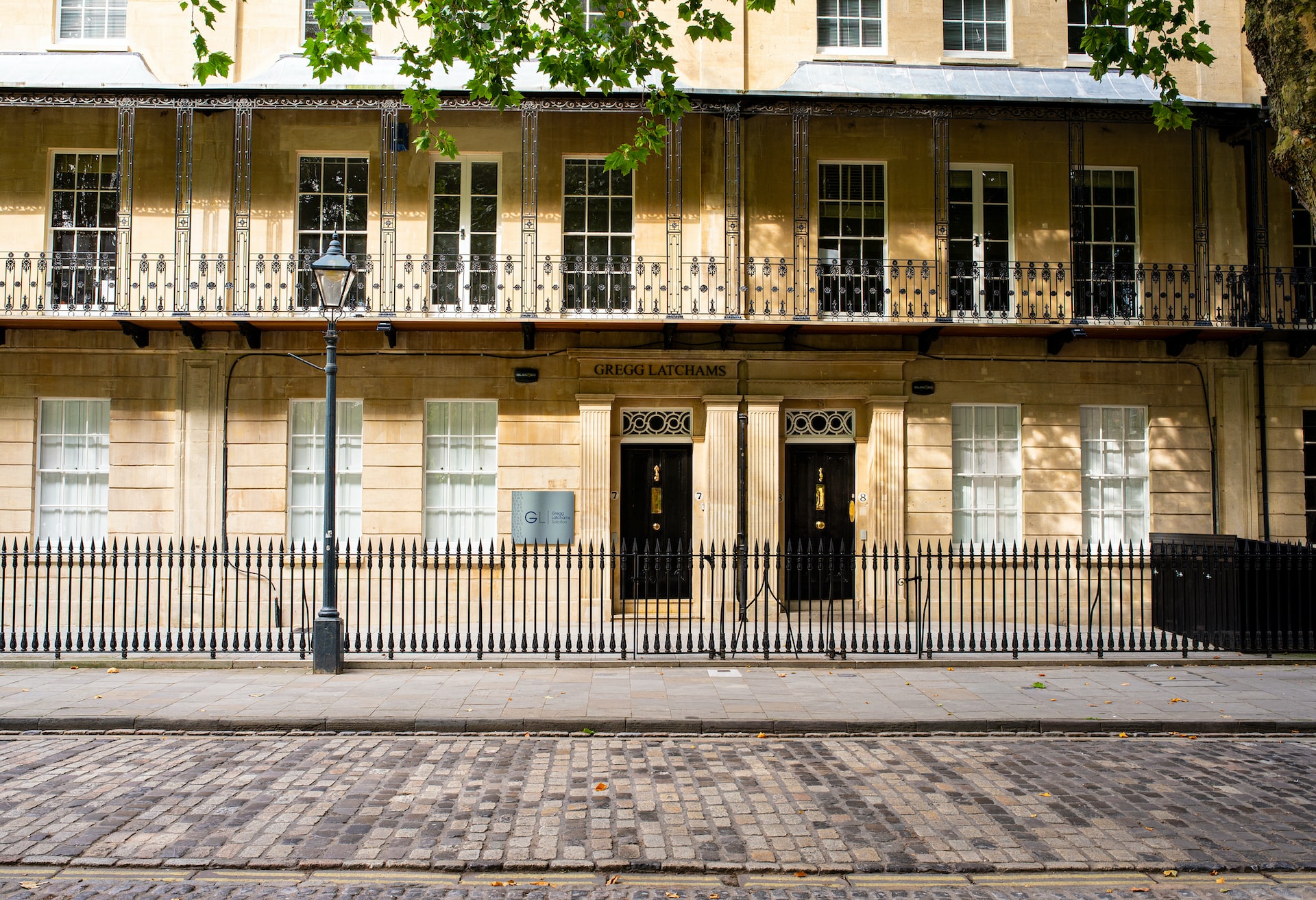Last Updated on: 22nd November 2023, 08:31 am
Love for anything Georgian has recently returned, with both local and foreign homebuyers prioritising the period’s unique characteristics on their wish lists. The 18th century left Britain with a plethora of traditional Georgian architecture, from opulent rural estates to graceful terraces bordered with trees. This exquisite architecture, which was influenced by classical Greece and Rome, emphasises symmetry, proportion and balance. Because there are so many sash windows and the rooms are so generously sized, these buildings frequently make for wonderful, light-filled, and roomy family residences.
Bishops Cleeve Estate Agents provide some advice if you have your heart set on acquiring a Georgian treasure.
1. Structural issues
You should take care to understand what can and cannot be modified, such as the interior layout or external elements, as they are frequently labelled as Grade I or II structures. It would seem obvious that a property with a Grade II listing would cost less than one with a Grade I listing, which would indicate a home with exceptionally high architectural quality. Although Grade I listed properties are stunning, modernising them is not easy, thus many people would rather choose the less-maintenance-worthy Grade II listed.
Georgian homes may have some strange structural features. Most of the time, there is no need to be worried. It’s possible that previous owners have already fixed any uneven or crooked windows, doors, or flooring after they developed over time. They could, however, also point to more serious structural problems. Look for structural issues because they might be expensive to remedy.
2. Evidence of moisture
Because this kind of home is typically devoid of a damp proof course, get a comprehensive structural examination before making a purchase. If you’re not careful, damp may be an issue, so as with any property, you should be alert for the warning signs. Since these older homes weren’t designed with damp proofing, a prior owner would have needed to make repairs to protect them from this issue. Be sure to check under big appliances, beneath rugs, and even in cabinets for moisture, in addition to evaluating the window frames and walls.
3. Renovations of poor quality
Despite all of the magnificent characteristics of older homes, some rooms frequently need extensive renovations. Some of the Georgian homes’ most often modified spaces are extensions, kitchens, and bathrooms. Some important features, however, are also unnecessarily replaced with subpar substitutes.
Verify that the windows are authentic in addition to having been repaired sufficiently to be functional. The value of the house may be severely reduced if they were swapped out by something that wasn’t appropriate or was a subpar uPVC imitation. One of the most crucial obligations of a Georgian property owner is to authentically maintain, rather than replace, its original features.
Adding a Georgian wing to a modest house to give it the appearance of a “Georgian pile” is another possible danger. This type of property is known as being “gentrified Georgified.” This frequently results in a couple of Georgian rooms at the entrance of the house being replaced by a maze of much older, smaller rooms that are undermined as two different architectural styles are combined.
4. Listing
Many Georgian-era residences are listed, as is frequently the case with historical buildings. This implies that they are shielded in a variety of ways from structural changes. If you decide to make large future renovations to the home, this might become an issue. When you inquire about a property, estate agents or the seller will let you know if it is listed.
You should make sure the beauty of your Georgian house is preserved for subsequent generations to enjoy if you’re considering buying one.
5. Affordable Residences
If you figure out where to look, you may find a genuine Georgian property on a modest budget. One apparent strategy is to purchase a Regency property that hasn’t been updated and give it new life. Since virtually all Georgian homes are advertised, the price will probably be higher, and your options will be more limited than with a property that isn’t listed. Replaced doors and stairways could require bespoke fabrication.
Georgian houses with faults sometimes sell for less money at auction houses. Look for those that are expensive and bargain. As the cost decreases, keep an eye on it and then make a strong effort to renegotiate it. In exceptional circumstances, you can even find yourself shelling out up to 20% less than the initial asking price.





